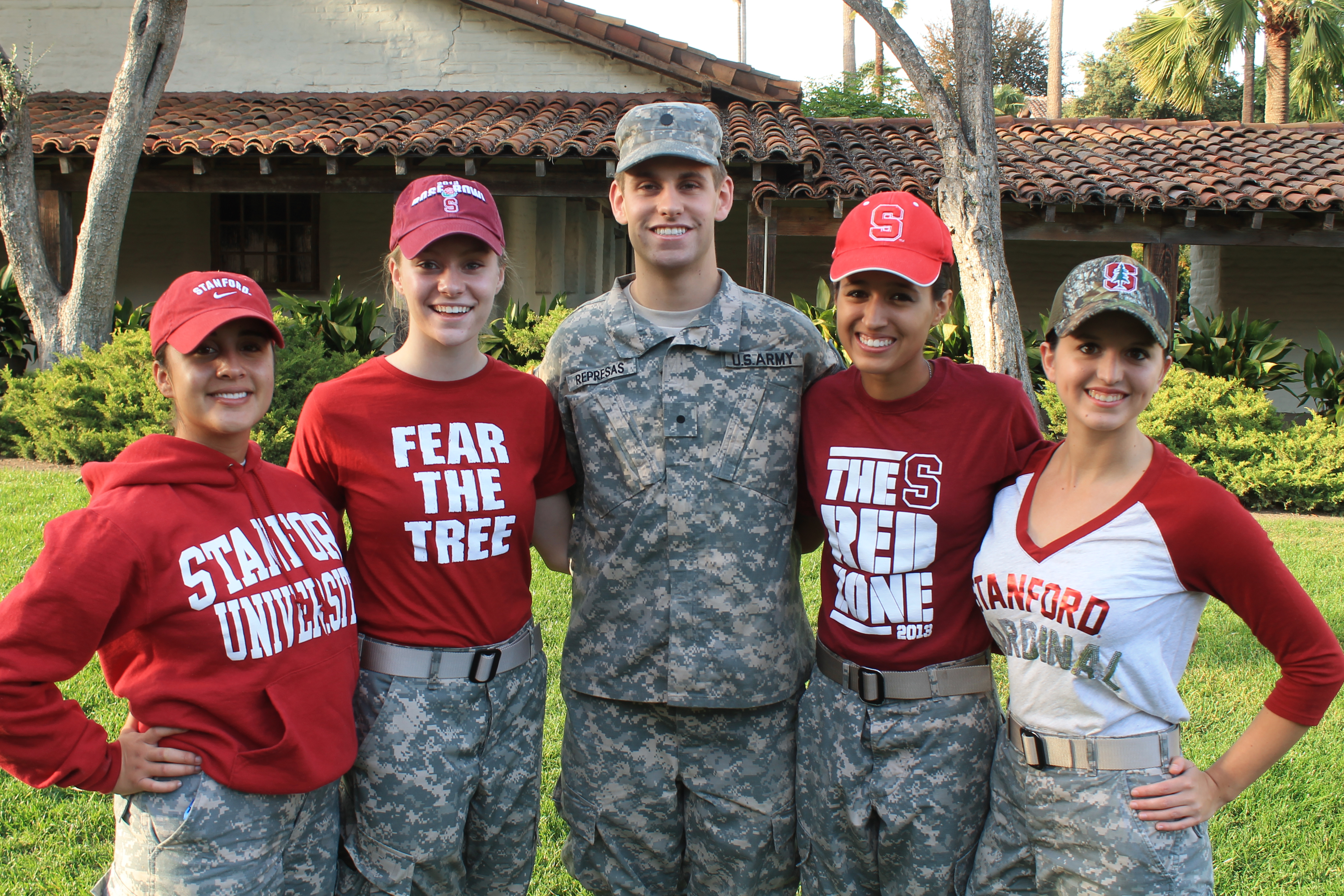A recent petition released by the Stanford Review demanded the representation of military-affiliated students on the ASSU Executive Cabinet and called for the implementation of a veteran liaison position to better address the needs of military-affiliated students. In light of this, The Daily spoke to several veterans currently on campus to get their views on the creation of this liaison. Although the Review’s petition strongly calls for their recognition, veterans themselves had mixed views about it.
“Just because a community is small, it doesn’t mean that they don’t have values and ideas to bring to the table so size is irrelevant,” said Philip Clark ’19, who wrote the petition. “It’s a small community and that’s why we need to make a bigger effort to reach out to them.”
However, several veterans have emphasized that the underlying issue is not a single representative position, but whether they, as veterans, even perceive themselves as a unique community on campus. Despite the Review’s push for representation, not all veterans feel the need for a liaison. According to Saamon Legoski ’16, most veterans feel that the ASSU has little impact on them, given that most are over 25 years old.
“Basically the veterans I’ve talked to don’t care about the ASSU,” Legoski said. “I’m not saying we don’t care because I don’t like them. They just don’t affect us at all. A lot of the veterans have families, long-term girlfriends or fiancées. In my opinion, [veterans] are not clamoring for representation.”
Even without a liaison, there are resources for veterans. One is the Stanford Undergraduate Veterans Association (SUVA) which has service components and outreach to bridge the distance between civilians and veterans. The distance can be exacerbated by the fact that veterans tend not to live in undergraduate dorms. However, age difference is likely the bigger issue, according to Sean O’Grady ’17, president of SUVA.
“It’s awkward when people invite me to go to parties and I laugh and say, ‘Can I bring my wife and kid?’” O’Grady said. “I don’t have a kid, but it’s just they don’t recognize where I am at in life is a much different stage than where they’re at. Because I’m older and haven’t been in academia for so long, there are things I’ve forgotten… I’m playing catch up on everything.”
Many of the veterans perceive this distinction between themselves and the rest of the student body, leading to internal discussions over building a Veterans’ Community Center. However, they remain unsure of whether they fit the mold of the groups that typically have community centers or even whether “the Stanford undergraduate community views us as our own community,” O’Grady said.
A community center modeled after the recently opened Veteran Affairs Menlo Park Welcome Center would be ideal, according to Dustin Noll, a specialist at the Office for Military-Affiliated Communities (OMAC). Noll hopes to discuss this with Student Affairs to determine whether the traditional community center model can fit the veterans’ community. A place to provide job training, alumni connections, workshops and veteran-specific counseling services would be desirable.
“[Stanford’s center] would have to incorporate elements outside of the traditional veteran community center,” Noll said. “If there’s going to be a military-affiliated community center on campus, it needs to be focused on academics and community. It needs to be more than a place to hang out.”
Currently, the University handles administrative veteran affairs through OMAC. Another resource is the 8-week veteran accelerator program, 2 to 4. Every summer, Stanford provides a full scholarship opportunity for military veterans in community college who are headed to a four-year college to develop the skills necessary to earn a four-year degree.
“The fact is, [veterans] are not really suffering,” Legoski said. “There’s no 2 to 4 program for minorities. So for the Review to say that Stanford isn’t helping veterans, it’s ignoring the evidence that Stanford does a lot. Now, Stanford can do better, but it has nothing to do with the ASSU.”
A community center could also potentially reach out to international undergraduate students who plan to join the military. There is currently no way to identify foreign students who have mandatory military obligations, as the Bechtel International Center does not have mechanisms for them to self-identify as such, according to Noll. Most of them come in directly as freshmen, unlike U.S. veterans, who typically transfer to Stanford.
“Unless we somehow bump into [foreign military students] through word-of-mouth, it’s not something they recognize on their application,” O’Grady said. “For all intents and purposes, they’re just another international student.”
Not counting the international students, the current number of active-duty veterans on campus is at 135, said Noll. They make up a small proportion of the overall student body.
However, Noll added, “A lot of times, a community is not justified by numbers.”
Contact Ariel Liu at aliu15 ‘at’ stanford.edu.
